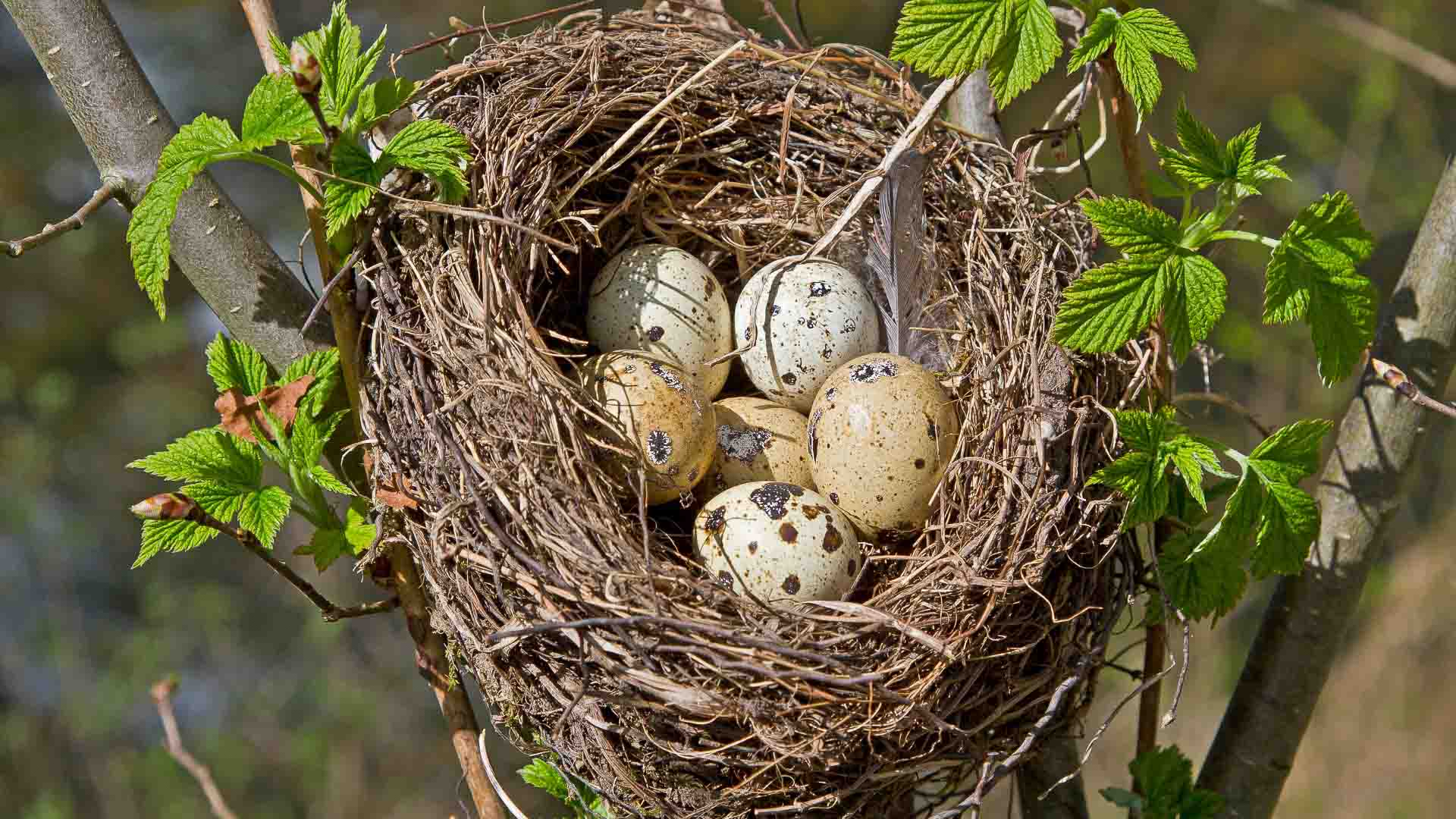Owls, the enigmatic sentinels of the night, possess a reproductive strategy as fascinating as their spectral presence. Their nesting habits, dictated by a confluence of factors ranging from species-specific preferences to environmental exigencies, offer a window into the evolutionary adaptations that have allowed these raptors to thrive. Let’s delve into the intricate world of owl nesting, exploring the diverse locations they choose to cradle their future generations.
The Art of Appropriation: Nest Usurpation
Many owl species, demonstrating a pragmatic approach to parenthood, eschew the labor-intensive process of constructing their own nests. Instead, they opt for the pre-furnished residences of other avian architects. This strategy, known as nest usurpation, is particularly prevalent among larger owl species like the Great Horned Owl (Bubo virginianus). These avian landlords often commandeer the abandoned nests of hawks, eagles, herons, or even squirrels. The rationale is simple: why expend precious energy building a structure when a perfectly serviceable one already exists? This opportunistic behavior exemplifies the resourcefulness that characterizes the owl’s ecological niche.
The selection process is not entirely random, however. Owls typically choose nests that are appropriately sized, structurally sound, and located in suitable habitat. A hawk’s nest high in a sturdy tree, offering panoramic views and protection from terrestrial predators, is an ideal candidate. The interior may be minimally modified, perhaps with the addition of a few feathers or down, but the basic architecture remains largely unchanged.
Cavity Connoisseurs: Embracing Enclosed Spaces
For other owl species, the allure of a cavity – whether natural or man-made – is irresistible. Tree hollows, created by decay, woodpeckers, or other natural processes, provide a secure and sheltered environment for nesting. These avian apartments offer protection from the elements and predators, making them highly sought-after real estate in the avian world. Eastern Screech-Owls (Megascops asio), for example, are ardent cavity nesters, readily utilizing tree hollows, nest boxes, and even the occasional abandoned building. The interior decorating is generally minimalist. Perhaps a scattering of wood shavings or regurgitated pellets might line the base, but elaborate furnishings are distinctly absent.
Barn Owls (Tyto alba), renowned for their adaptability, also embrace cavity nesting but exhibit a broader tolerance for location. They may nest in tree hollows, barns, silos, church steeples, or any other enclosed space that offers sufficient security and shelter. This flexibility allows them to thrive in a variety of habitats, from rural farmlands to urban environments.
Ground Dwellers: A Terrestrial Tryst
While most owls prefer the elevated security of trees or structures, some species, like the Burrowing Owl (Athene cunicularia), have adopted a decidedly terrestrial lifestyle. As their name suggests, these owls nest in burrows, typically those excavated by prairie dogs, ground squirrels, or other burrowing mammals. This subterranean existence provides protection from predators and the harsh elements of the open prairie. The owls may modify the burrows to suit their needs, creating nesting chambers and lining them with grasses, feathers, and other soft materials. Burrowing Owls exhibit a remarkable degree of adaptability, utilizing a variety of burrow types and even excavating their own in some cases.
Short-eared Owls (Asio flammeus), another ground-nesting species, construct simple nests on the ground in grassy fields, marshes, or other open habitats. These nests are typically shallow depressions lined with vegetation. The camouflage provided by the surrounding vegetation is crucial for protecting the eggs and young from predators.
Nest Boxes: A Helping Hand for Conservation
Recognizing the importance of suitable nesting sites for owl populations, conservationists and concerned citizens have embraced the use of nest boxes. These artificial cavities provide safe and secure nesting habitat for a variety of owl species, particularly those that are cavity-dependent. Nest boxes can be strategically placed in areas where natural cavities are scarce, helping to bolster local owl populations. The design and placement of nest boxes are crucial for their success. They should be appropriately sized for the target species, constructed of durable materials, and placed in suitable habitat, away from potential disturbances. Regular maintenance, including cleaning and repairs, is also essential for ensuring the long-term viability of nest boxes.
Factors Influencing Nest Site Selection
The selection of a nesting site is a complex decision influenced by a variety of factors. Food availability is paramount; owls need to be able to readily access prey to feed themselves and their growing young. The proximity to hunting grounds, therefore, plays a crucial role in nest site selection. The presence of predators is another critical consideration. Owls typically choose nest sites that offer protection from potential threats, such as hawks, eagles, foxes, and raccoons. The structural integrity of the nest site is also important. Owls require a stable and secure platform for their eggs and young.
Competition with other species can also influence nest site selection. Owls may compete with other birds, mammals, or even other owl species for desirable nesting locations. The availability of suitable habitat is a fundamental limiting factor. Habitat loss and degradation, driven by deforestation, urbanization, and agricultural expansion, can significantly reduce the availability of suitable nesting sites, impacting owl populations.
In conclusion, the nesting habits of owls are as diverse and fascinating as the birds themselves. From the opportunistic nest usurpation of the Great Horned Owl to the subterranean existence of the Burrowing Owl, these raptors exhibit a remarkable range of adaptations. Understanding the factors that influence nest site selection is crucial for effective conservation efforts, ensuring that these enigmatic sentinels of the night continue to grace our landscapes for generations to come.
